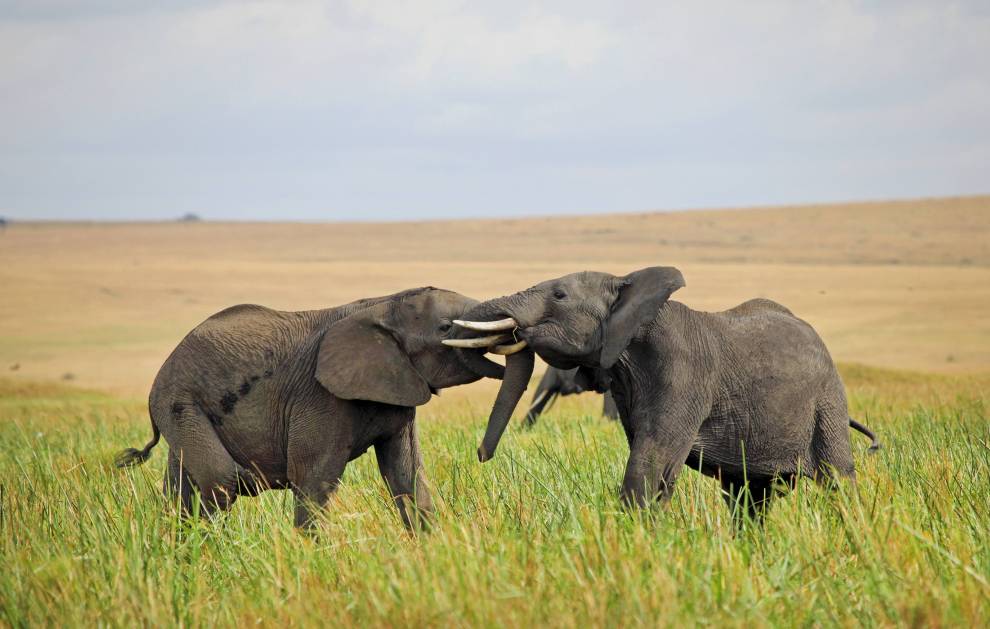The world’s wilderness areas are declining at “catastrophic” rates, according to a new study published today in Current Biology. Since 1990, we’ve lost about one-tenth of these large, mostly unpopulated landscapes—amounting to 3.3 million square kilometers, or twice the size of Alaska.

The lost wilderness areas, highlighted in red in the map above, were crucial for protecting endangered plants and animals, regulating local climates, and storing carbon, while some were home to indigenous communities, according to the researchers from the University of Queensland in Australia.
Since the wilderness is, by definition, relatively free from human disturbances, it’s often ignored by conservation efforts, but things like road expansion, industrial mining, forestry and large-scale agricultural operations have threatened it, the researchers note. South America and Africa have been the most affected, losing 30 percent and 14 percent of their wilderness areas, respectively, since 1990.
“The amount of wilderness loss in just two decades is staggering and very saddening,” James Watson, the study’s lead author, said in a statement. “You cannot restore wilderness. Once it is gone, the ecological process that underpin these ecosystems are gone, and it never comes back to the state it was.”
Watson says we likely have one to two decades to turn things around: “If we don’t act soon, it will be all gone, and this is a disaster for conservation, for climate change, and for some of the most vulnerable human communities on the planet.”













